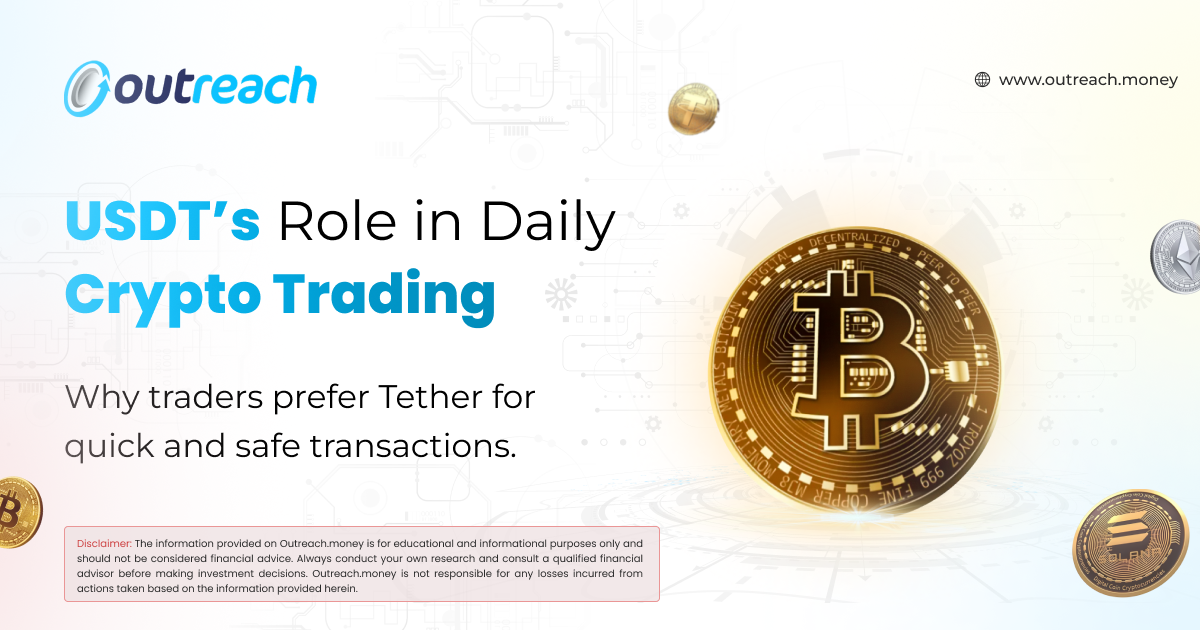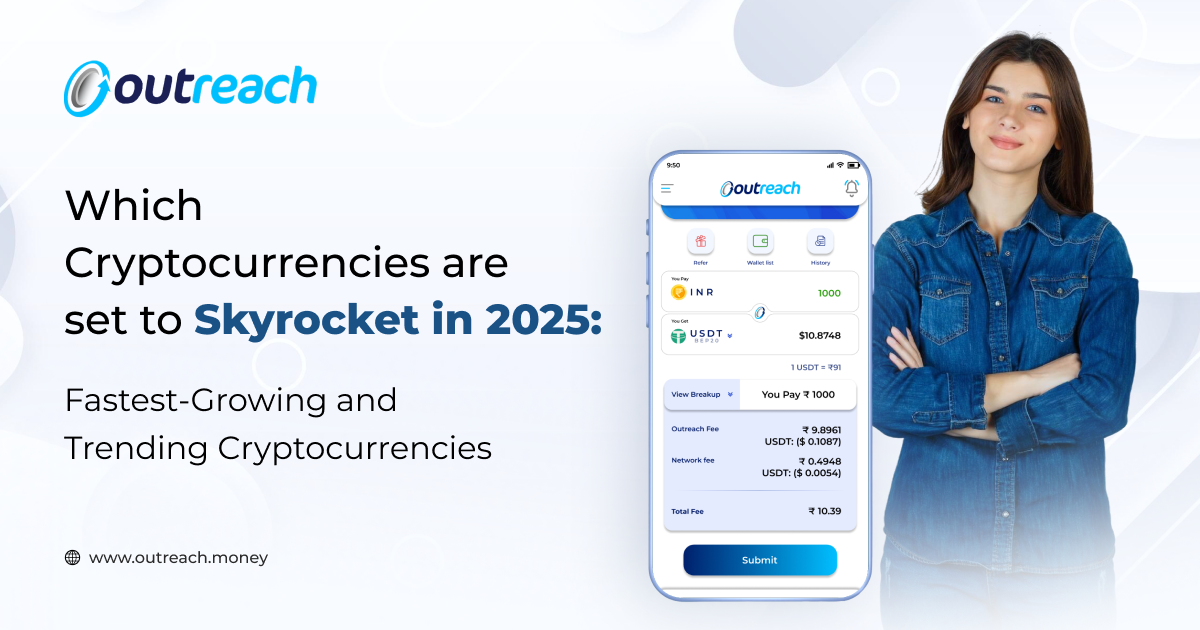
Introduction: Why Stablecoins Matter
Crypto moves fast—and prices can swing just as fast. That’s exciting for traders, but it also makes planning tough. Stablecoins like Tether (USDT) solve a big part of that problem. Pegged 1:1 to the US dollar, USDT gives you the speed of crypto with the stability of fiat. Unlike bank transfers that can be slow and expensive, USDT is always-on, near-instant, and low-cost, so you can shift funds between exchanges, catch arbitrage windows, and protect profits during choppy markets. It settles quickly across major networks (TRC-20, ERC-20, BEP-20, even fast L2s and Solana), which means fewer delays and lower fees when the clock is ticking. Because it’s listed on virtually every exchange and supported by most wallets and DEXs, you get deep liquidity and tight spreads—crucial when you need to move size without slippage. For day-to-day execution, that translates into smoother hedging, faster rebalancing, and clean exits when volatility spikes. In short: USDT is the trader’s go-to “digital dollar”—fast, reliable, liquid, and borderless.
A quick example
You spot an opportunity on Exchange B but your funds sit on Exchange A. With USDT, you convert, send, and are trading again—often in minutes—without waiting on banking rails.
USDT as a Safe Haven from Volatility
When markets get messy, traders often "park" in USDT. Converting volatile assets into USDT lets you pause risk without leaving the crypto ecosystem or waiting on banks. No long withdrawal times, no surprise fees—just stability until you're ready to jump back in.
Because USDT is widely recognized across regions and platforms, it also works as a universal settlement currency, giving you both peace of mind and flexibility.
Why this matters day-to-day
- Protect gains: Lock in profits after a big move without fully off-ramping to fiat.
- Wait it out: Sit in USDT during news events or uncertain macro days.
- Re-enter faster: Move from USDT into your target asset the moment conditions improve.
Pro tip: Some traders diversify "parked" funds across multiple stablecoins to spread issuer and network risk.
Speed and Cost Efficiency of Transactions
In trading, seconds matter. USDT transfers typically confirm in minutes—or even seconds—depending on the network. Many day traders favor TRC-20 USDT for its fast confirmations and very low fees (often well under a dollar), which is ideal for moving funds quickly across venues and executing arbitrage.
Compared with bank wires or card rails, USDT minimizes both costs and delays, helping you act the moment an opportunity appears.
Where USDT commonly lives (high-level view)
- TRC-20 (Tron): Very low fees, fast, popular for exchange-to-exchange transfers.
- ERC-20 (Ethereum): Deepest DeFi integrations; fees can spike at busy times.
- BEP-20 (BNB Chain): Low fees, broad CEX/DEX support.
- SPL (Solana): Very fast and inexpensive; growing exchange and wallet support.
- L2s (Arbitrum/Optimism/Base): Low fees, DeFi-friendly; may need bridging.
Operational tip: Always match network on send = network on receive to avoid lost funds.
High Liquidity and Exchange Compatibility
Liquidity is everything. USDT is one of the most traded assets in crypto, with pairs on virtually every major exchange and many regional platforms. That means you can move from BTC and ETH to altcoins—and back—without detouring through fiat.
Beyond centralized exchanges, USDT's presence in P2P markets, cross-border payments, and DEXs makes it a true connective tissue for the crypto economy.
What this unlocks
- Tight spreads: Enter and exit positions with minimal slippage.
- More pairs: Access new tokens quickly through USDT markets.
- P2P flexibility: Buy/sell USDT locally when on-ramps are limited.
Why Traders Trust Tether in 2025 and Beyond
Tether has faced questions over the years, especially about reserves and transparency, but it remains dominant because it's stable, efficient, and everywhere. Active traders get quick settlements and deep liquidity. Institutions get a straightforward way to manage liquidity across venues. Everyday users get a familiar, dollar-like asset without the volatility of coins like ETH or SOL. As DeFi and Web3 keep expanding, USDT stays a cornerstone: stable enough to park funds, liquid enough to deploy anywhere, and fast enough to keep pace with modern trading.
Practical Playbooks (copy-ready)
A) Fast Hedge ("Pause Button")
- Close or reduce your volatile position.
- Market-sell into USDT (same exchange).
- Optionally move USDT to a lower-fee network for mobility.
- Re-deploy when the setup returns.
B) Exchange-to-Exchange Sprint
- Convert to USDT on Exchange A.
- Withdraw via fast, cheap network (e.g., TRC-20/SPL).
- Deposit on Exchange B and start trading.
- Keep a small test transfer habit before large moves.
C) Simple Arbitrage Hop
- Identify price gap (Asset X is cheaper on Exchange A than B).
- Hold USDT on both exchanges to avoid transfer delay.
- Buy on A, sell on B, rebalance USDT as needed.
D) P2P/Remittance Flow
- Receive USDT from a counterparty.
- Keep it in USDT (store of value) or convert locally as needed.
- For business payments, maintain logs and invoices noting network + TXID.
Risk, Compliance & Common Pitfalls
Risks to understand
- Network risk: Congestion or outages can delay transfers.
- Issuer/counterparty risk: Stablecoins depend on issuers and banking partners.
- Smart-contract risk: Bridges and DeFi protocols can be exploited.
- Regulatory considerations: Rules differ by country and can change.
Common pitfalls (and fixes)
- Wrong network selected: Double-check chain (TRC-20 vs ERC-20 vs BEP-20 vs SPL).
- Missing memo/tag: Some exchanges require a memo/tag—copy it exactly.
- No test send: For new addresses, send a tiny test first.
- Single-point dependence: Don't rely on one exchange/wallet for everything.
Compliance basics
- Keep TXIDs, timestamps, and counterparties on file.
- Understand KYC/AML duties and tax reporting in your jurisdiction.
- For businesses, document flows, approvals, and reconciliations.
Security & Ops Best Practices
- Use hardware wallets (or reputable custodians) for meaningful balances.
- Enable 2FA (authenticator app > SMS) on exchanges and wallets.
- Whitelist addresses and use withdrawal locks where available.
- Separate hot vs cold funds: Keep only working capital hot.
- Automate bookkeeping: Tag transfers, label addresses, export ledgers monthly.
- Have a plan B: Secondary wallet, secondary exchange, and a backup network.
Choosing the Right Network (quick guide)
- Need speed + low fee for CEX-to-CEX? TRC-20 / SPL / BEP-20.
- Deep DeFi integrations or institutional workflows? ERC-20 or major L2.
- High-frequency moves all day? Favor chains with consistently low fees and fast finality; keep a small amount of the native gas token handy (TRX/ETH/BNB/SOL).
Quick FAQ
A: Not necessarily. Many traders keep a mix (e.g., USDT + another stablecoin) for flexibility and risk distribution.
A: Yes. Network demand fluctuates. Keep a backup network ready and monitor fee dashboards.
A: Check the block explorer with your TXID. If confirmed on-chain but not credited, contact the exchange with TXID, address, and memo/tag.
A: Only what you need for active trading. Store the rest in safer custody (hardware wallet or trusted custodian).
Follow us
Disclaimer
This content is for educational purposes only and does not constitute financial, investment, tax, or legal advice. Crypto assets are risky and can result in loss of capital. Network fees, speeds, and availability vary by chain and platform. Do your own research and consider consulting a qualified professional. Always comply with your local regulations and tax obligations. Please note that data and information provided may differ from other sites and sources.

